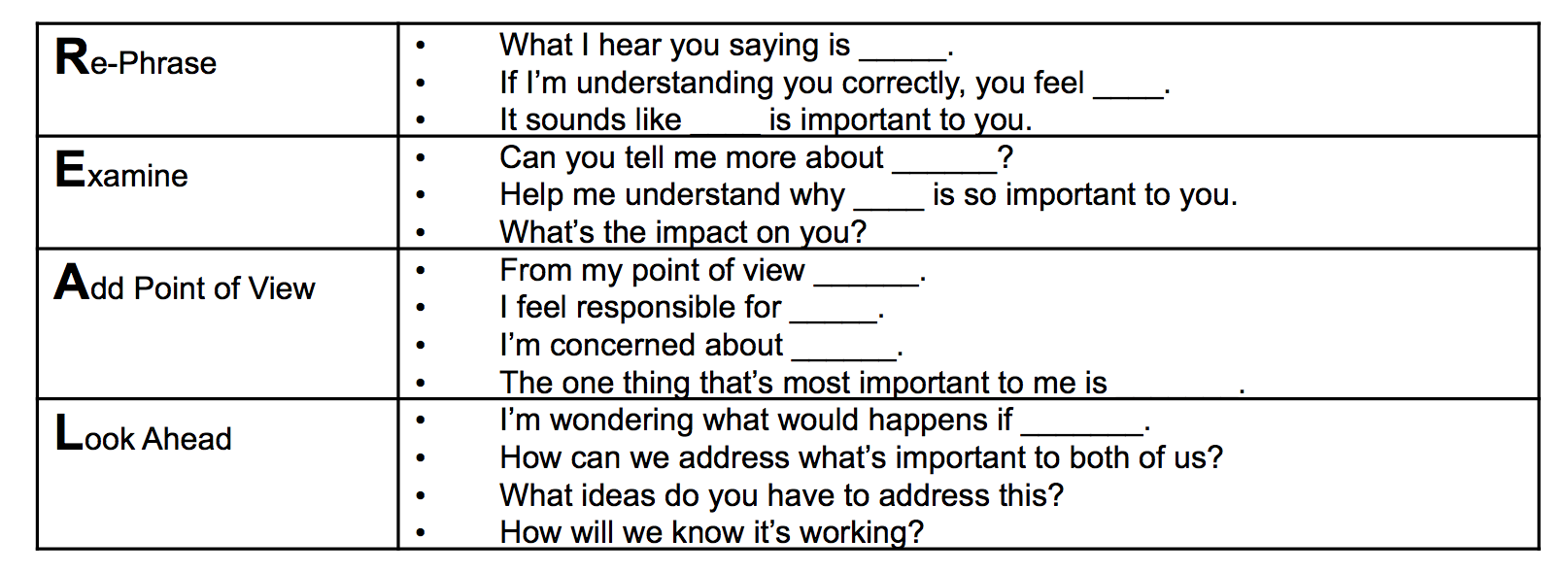 "AGAIN? You gotta be kidding me!" Your boss delegated a task to one of your direct reports without consulting with you first. It has happened before, and you have previously asked your boss to give you a heads up before delegating to your team members. You are irate! You were promoted recently and are working to assert your leadership with this new team. Why is your boss undermining your authority? This month’s CBODN Book Club focused on Enneagrams, a model that presents different lenses through which people see the world. This model is especially important when in conflict with others. The conflict may be big or small, and the scenario above gives us an example to play with. As you think about giving feedback to your boss, while you may think the goal is to get the other person to see where you're coming from, the real goal is to allow the other person to feel heard. Once the other person feels heard, they will no longer be on the defensive, will open up, and will engage in a more rational conversation to reach a mutually beneficial outcome. While you may think you have listened deeply, provided timely feedback, and demonstrated empathy, it takes patience and practice to really see another person’s point of view — in particular when they are very different from your own. Asking the right questions—and then listening is a great start, but we encourage you to take one more step to more fully "hear" the other person. When you are in conflict with someone who is very different from yourself, the “REAL” model can help. I created this model several years ago when I realized that active listening simply wasn't enough. People were still getting stuck speaking at the surface level, and neither party felt heard. This model works particularly well:
Walking Through the REAL Model
Before the conversation, it is helpful to get into the right mindset. While you do not know how the person will respond, you can control if you are entering the conversation from a place of positive intent and interest for both of you to feel heard and respected. Given the scenario above, you might initiate the conversation and say, "I'd like to re-evaluate our roles on the team so we can provide clear direction to the staff. There are times when you go out to lunch or coffee with staff members, and they come back to the project with a new direction. How are you seeing this situation?" And, then begin the REAL process.
This conversation started with the manager feeling undermined by her boss. The conversation ended with strategies on how to support each other in their new roles and work as unified leaders. The REAL model is a way to structure conversations so both parties can be heard and reach a solution that addresses the underlying issues. I invite you to experiment with some of these concepts (at work and at home) and let me know how it works. What is different in this approach compared to how you typically have these types of conversations (assuming you don't avoid them all together)? What might be most challenging for you? And, let me know what else you discover as you entertain new ways to engage in meaningful conversations.
0 Comments
Your comment will be posted after it is approved.
Leave a Reply. |
AuthorLaura Mendelow |
|
|
©2020. All Rights Reserved. Mendelow Consulting Group, LLC.


